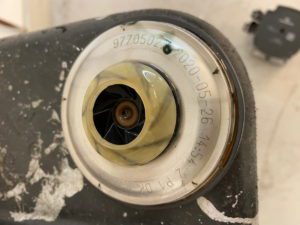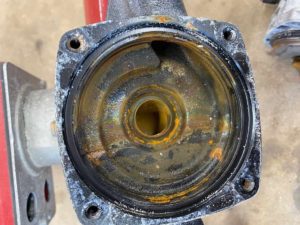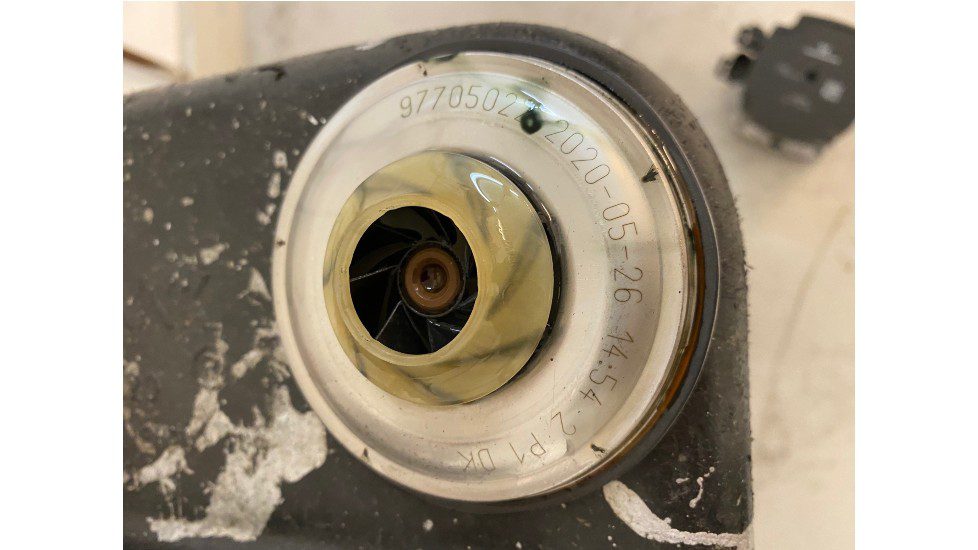 One thing which crops up from time-to-time with our technical/troubleshooting department (OK, we don’t have a ‘department’ other than in our heads, but we’re always here to help!) is occasional issues with the pump operation on our Zone Guardian unit. This is covered in our ZG Troubleshooting Guide, which is available from the Downloads page on our website, but sometimes it’s just worth an extra mention.
One thing which crops up from time-to-time with our technical/troubleshooting department (OK, we don’t have a ‘department’ other than in our heads, but we’re always here to help!) is occasional issues with the pump operation on our Zone Guardian unit. This is covered in our ZG Troubleshooting Guide, which is available from the Downloads page on our website, but sometimes it’s just worth an extra mention.
In a nutshell, with all types of ‘canister’ pumps (the competition included!), they need to be full of water and with no air in order to work properly. Any air will cause inefficiency with poor flow (at best), or overheating and permanent seizure (at worst). So far, touch wood as they say, we have had not one single failed/faulty pump in all the time we have made Zone Guardian.
Examples of how air can get into the pump are:
- Installation where the pump shaft is not level, so the pump cannot self-vent – if the flow switch is on top as per the O&M, then the pump shaft will be level;
- When first installed, the running and venting process is not carried out or not done for long enough;
- After installation, venting and commissioning, the system is drained and refilled for maintenance etc (without the pump being isolated), and re-venting has not been done.
 How can this be avoided?
How can this be avoided?
- If space is tight and the flow switch cannot be on top of a horizontal pipe, so the pump shaft cannot be level, then please speak to us because this is a problem to which we have a solution – this is not covered in the O&M or troubleshooting for approval reasons so you will need to ask us;
- Ensure on first commissioning that the pump is run for several minutes with the vent valve slightly open – it is self-venting, as in there is no bleed valve, but it needs to work to expel any bubbles over a few minutes;
- If the system needs to be drained, try where possible to ensure that, in accordance with the O&M, the isolation valves either side of the pump are closed – this ensures that the pump is kept full of water, but if this is not possible then the venting process will need to be carried out again. It’s possible that this is the most common cause of post-commissioning problems.
 What if there’s a problem?
What if there’s a problem?
- The ZG Troubleshooting Guide on our Download page is there to help, and if a pump is in fact seized then most cases can be resolved using a PH2 (not PZ2) screwdriver through the middle of the product label to free and rotate the impellor.
- In some stubborn cases, you may need to remove the pump motor and impellor after closing the valves (using an allen key, the same size as the flow switch lid) – the impellor in a nicely vented pump should look like the one on the top right… the other two pictures below show tell-tale signs of being left for a period with air, and it’s clear the problem that this leaves behind. Even in this case it may be possible to clean up and resurrect the pump
- If a pump has been damaged beyond repair and has to be replaced, then DO NOT remove the whole pump manifold as this will create unnecessary work for you – just remove the motor and impellor plate then it’s just a five-minute job.
We’re always here to help with any technical or troubleshooting issues, so please do give us a call (+44 161 428 1180) if you have any further questions!

